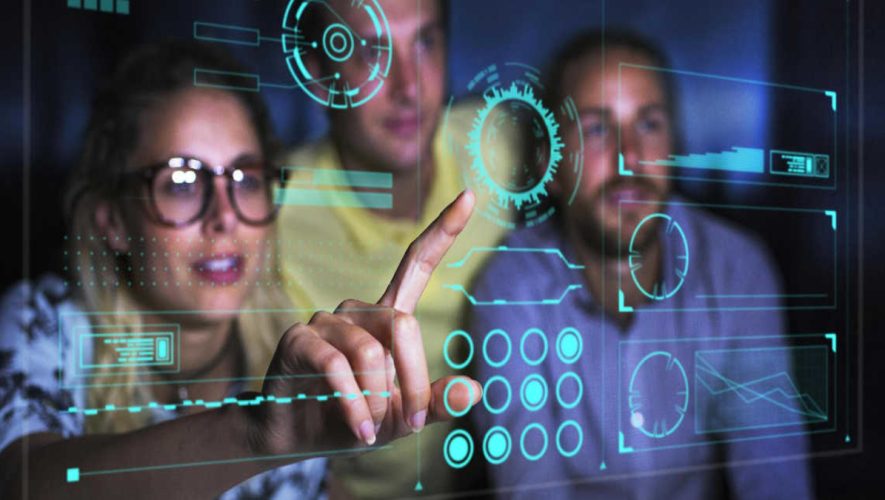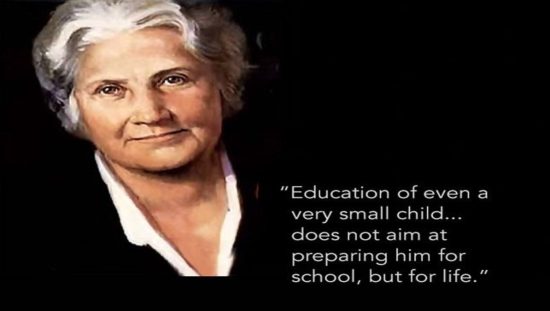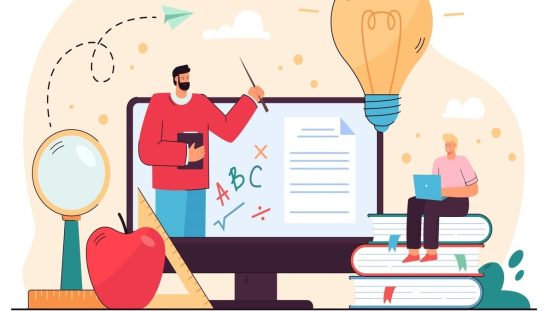Definition of Simulated Teaching
Simulated teaching is the technique of learning and training, which develops the ability in an individual regarding problem solving behavior. It has been defined as a role playing strongly in which learner performs the role in an artificially created environment.
Saxena and Oberoi (1994) explained procedure of simulated teaching in their book “Technology of Teaching”. According to them, prior to sending the pupil-teachers to the real classrooms, they are trained in the artificial environment by simulated teaching technique. The procedure or steps of this technique are as follows:
1. Assignment of Roles:
The first step of this technique is the assignment of roles to the pupil-teachers. All the pupil-teachers have to play all the roles. All the pupils play the roles of teacher, pupil and the supervisor.
2. Selection and Discussion of Social Skills for Practice:
After assigning the roles in the first step, some specific social skills are selected and discussed. The topics related to these skills are practiced. For practice, those topics are selected in selected social skills “fit”.
3. Preparation of Work Schedule:
After this, it is decided that who should initiate the simulated teaching. When it should be summed up? Who will sum it up? Who will interrupt? etc. hence, such work schedule is decided before-hand.
4. Determination of Observation Technique:
In this step, decision regarding the observation technique is taken. It also includes the types of data to be recorded and their way of interpretation. Hence, this step is related to the procedure of evaluation.
5. Organization of First Practice Session:
After all the preparations, the first practice session is organized and the feedback is provided to all the participant pupil-teachers regarding their teaching work. If the need is felt, some changes can be made for second session. The data regarding the first practice session is recorded so that the evaluation of the teaching behavior can be conducted on the basis of that recorded data. Hence, the sessions go on and everyone gets his turn.
6. Altering the Procedure:
After the first session, necessary changes are made in the procedure. In this, topics are changed. Also, the pupil-teacher, observer and the teaching skills are altered. Hence, in this altered procedure too everyone plays the role of a teacher and all the pupil teachers get a chance to practice. Hence, this cycle goes on till the pupil-teacher is trained.
OTHER RELATED POSTS



